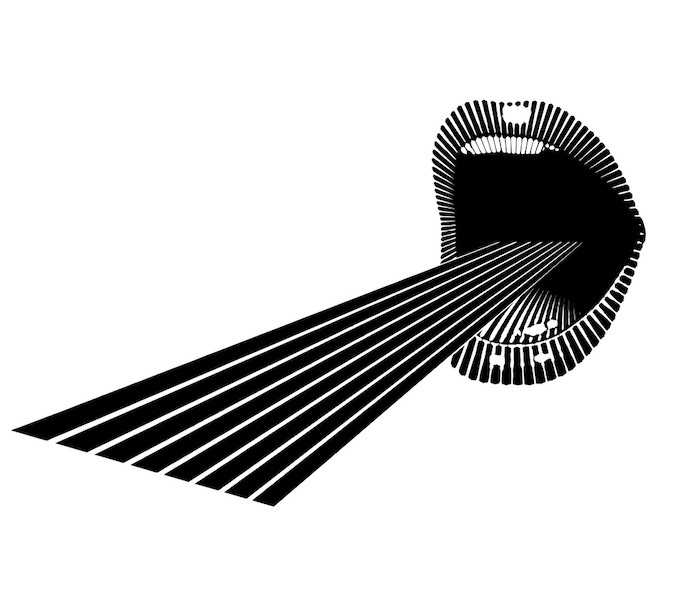
Martyn 'Simo' Simpson from Silverleaf and Milroy's has studied the way people's palates develop through the bar experience - and has some advice as to what that means for the drinks you recommend.
With every journey there is a starting point. And in terms of sensory evaluation, that can begin as soon as you walk into a bar. How it looks, feels, the ambiance smell and noise – these all play their part.
At Milroy’s when we train our team on palate progression, we say that the first questions asked of a guest are the most important. We ask them:
● What do you normally drink?
● What do you love to eat?
● Where have you been before this (food and drinks)?
Our aim is to pre-empt the guests' sensory evaluation. This is their starting point and our only role for their first drink is to find something their palate will tell them they will like.
At Milroy’s, we don’t have a menu for the hundreds of whiskies on the bar. The staff are knowledgeable about every whisky we have but perhaps more importantly, we don’t want people to fall victim to their own sensory evaluation. Amid the choice, it’s most likely they’d fall back on something familiar, which might not necessarily be right for them given where their palate is at.
After that first drink, this is when you start the journey of really getting to know their palate in finer detail. But how do you decipher where to go next for the customer? If they’re enjoying the service and you got the first drink right, their sensory evaluation will start to open up and trust you, which is half the battle. From here it’s all about trying to pick up what they really liked in their first drink and find a similar flavour in the next - and so on. As they try new things, they will pick up more flavours opening up their sensory evaluation.
The way I think of it is by imagining having a main meal at a restaurant with four ingredients you love and one that you hate. Your sensory evaluation will start to reject the meal, unable to pick up the other four ingredients you love. It comes from an evolution of the olfactory for deciphering poisons. The best of us can pull 20-30 flavour notes out of a spirit but the average person can only decipher two to three and that’s if they get past the chemical sensation or ‘burn’ of alcohol. Talk to your guest, understand what they like and then find something on your menu or back bar that will appeal to that.
Palate evolution
To understand how the palate evolves throughout the night, it would help to understand the composition of the palate. Taste is made up of the sensation of sweetness, sourness, bitterness, saltiness and umami by taste buds on the tongue. The trigeminal nerve in the mouth and nose carries signals to the brain but it is also sensitive to touch, temperature, pain and chemical stimulant. This is combined this with aroma, retronasally and orthonasally, which is processed by the Olfactory epithelium (a sensory system of membranous tissues located inside the nasal cavity) to give the sense and feeling of flavour.
Aroma is one of the biggest keys to understanding what flavour is and how we perceive it. Essentially, even though flavour is just millions of different combinations of chemicals, every person will perceive these differently depending on what your base palate is, which is underpinned by your genetics and environment. What your brain is trying to do before you sense flavour is do a sensory evaluation from the following;
● Sensation of taste
● Aroma (retronasally and orthonasally)
● Weight and feel of the glass
● Ambiance of the room; lighting, smell, noise
● Mouthfeel / viscosity
● Colour of the drink
Your brain will then evaluate these based on your past experiences, memories, expectation, mood, health, genetics and the focus of your surrounding environment. All of which combine to inform the overall appeal of the drink. Secondly, there is a natural progression when it comes to ‘drinking flavours’. Using whisky as an example, if you’ve ever had a whisky tasting or sampled various whiskies back-to-back, you will know there is an order for drinking them. You start with a lighter whisky, then the flavour gets bigger, bolder and even peatier as you move to the next. If you start your palate on a peaty whisky your sensory evaluation will almost adjust to a peaty mood and will struggle to pick up anything lighter after that.
Your brain, although the most powerful organ in the body is led by the information you give it. If the initial information is big and bold flavour, it will adapt to it. With that, you build up your sensory evaluation as you move from one whisky to another taking your brain on a journey of flavour rather than to one place. Your brain can be tricked into enjoying multiple flavours throughout the night but it’s easier to do this in little steps to avoid the risk of rejection.


